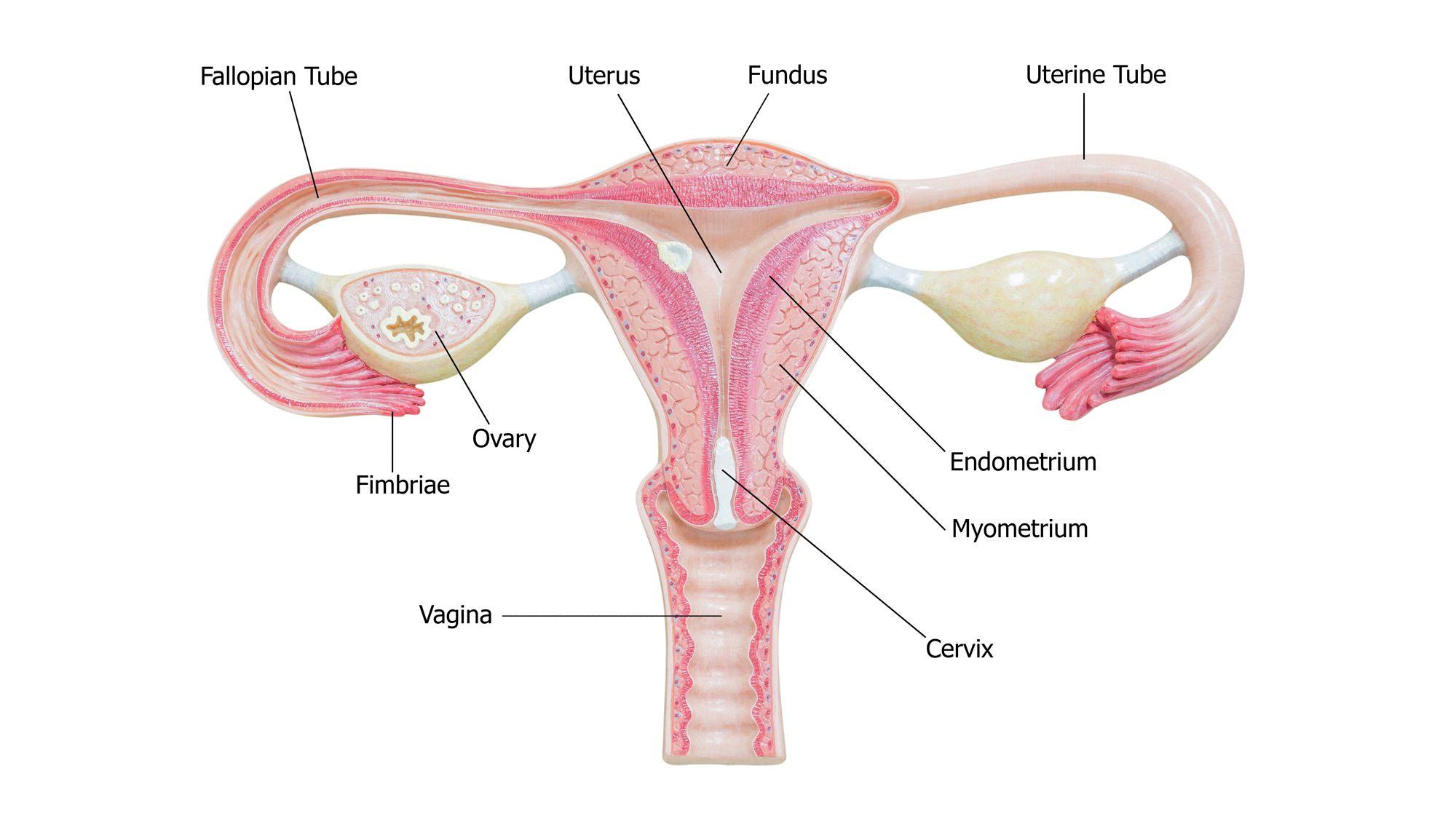Fallopian tubes are the vital reproductive organs connecting the uterus and ovaries in women. They are responsible for transporting an egg from the ovary to the uterus, where it can be fertilized by sperm. Without functioning fallopian tubes, a woman cannot become pregnant naturally. However, there are cases when a woman may have her fallopian tubes removed or blocked due to medical reasons, such as ectopic pregnancy or endometriosis.
When a woman has her fallopian tubes removed or blocked, many people naturally wonder if they can grow back after removal. Unfortunately, the answer is no; once a fallopian tube has been removed or blocked, it is not possible for it to grow back in most cases. This is because the tissue of the tube is destroyed during removal and cannot regenerate itself.
There are some very rare cases where recanalization of a fallopian tube occurs. Recanalization is a process in which new passages are created in the tube allowing an egg to meet up with sperm for fertilization. The chances of this happening are extremely low – estimated at 0.5% – but it is possible that pregnancy could occur if thee new passages were successful in reconnecting both sides of the tube and allowing an egg to pass through and be fertilized by sperm on its way to the uterus.
In addition, inadequate tubal closure can occur during tubal ligation procedures such as ring and clip procedures or tubal coagulation procedures. This means that although the tubes are closed off initially, they may not be completely sealed off and there may still be some risk of pregnancy if sperm manages to travel up one side of the fallopian tube and reach an egg on its way down from an ovary on the other side of the tube.
Overall, although there have been very rare cases where recanalization has occurred resulting in pregnancy after fallopian tube removal, it is generally accepted that once a woman’s fallopian tubes have been removed or blocked, they will not grow back after removal. If you’re considering having your fallopian tubes removed or blocked for medical reasons, it’s important to discuss all possible risks with your doctor so you can make an informed decision about your reproductive health care options going forward.
The Frequency of Fallopian Tube Regrowth
The recanalization of fallopian tubes is an extremely rare phenomenon, with the exact likelihood of it occurring unknown. It is thought to occur in less than 1% of all women who have had their fallopian tubes blocked or removed. There are a few cases documented where a woman has experienced this, but it is extremely uncommon and not something that can be expected or relied upon.

Source: cnn.com
Can Cut Tubes Grow Back Together?
It is possible for the tubes to grow back together after being cut during a tubal ligation. However, this is a very rare occurrence, with a “failure rate” of only 0.5%. The process of tubal ligation involves cutting or blocking the fallopian tubes to make it impossible for the egg and sperm to meet, so if the tubes do grow back together, it will put you at risk of unintended pregnancy.
Can Tubes Grow Back Naturally?
No, unfortunately your tubes cannot grow back naturally. Tubal ligation is a permanent form of birth control that is designed to prevent pregnancy permanently by blocking the fallopian tubes. After the procedure, scar tissue forms and the tubes are permanently blocked, preventing the egg from traveling down the tube to be fertilized. In some cases, a fistula (an abnormal connection between organs) may develop, but this does not mean that your tubes have grown back together naturally.
Can I Become Pregnant After Tubal Ligation?
No, it is highly unlikely that you can get pregnant if you have had your fallopian tubes removed. Without the fallopian tubes, an egg cannot travel from the ovaries to the uterus and be fertilized. In-vitro fertilization may be an option for some women who have had their tubes removed, however even this method of conception is not guaranteed to work. It is important to speak with your doctor or a fertility specialist in order to determine if in-vitro fertilization is a viable option for you.
The Possibility of Pregnancy Without Fallopian Tubes
Unfortunately, the chances of gettig pregnant with no fallopian tubes are low. Without fallopian tubes, an egg cannot travel from the ovary to the uterus, so pregnancy is not possible without surgical intervention. Additionally, even with fertility treatments such as in vitro fertilization (IVF), pregnancy is less likely. Studies have shown that couples who have undergone IVF with no fallopian tubes had a success rate of only 15-20%.
Although the odds may not be in your favor, it is still possible to become pregnant with no fallopian tubes. If you and your partner are interested in exploring fertility treatments or other options, it is best to speak with a reproductive specialist or fertility doctor to discuss your options and understand the risks involved.

What Happens to Eggs After Removal of Fallopian Tubes?
If a person has had their fallopian tubes removed, their eggs will no longer be able to pass through the fallopian tubes and into the uterus. Instead, the egg will be absorbed by the body and not released from the ovaries. This means that pregnancy is impossible after having a fallopian tube removed, as there is no way for sperm to reach the egg.
Effects of Fallopian Tube Removal
When a fallopian tube is removed, it is known as a salpingectomy. This procedure is usualy done to treat certain medical conditions such as ectopic pregnancy, endometriosis, pelvic inflammatory disease, or infertility. During the procedure, the surgeon will make an incision in your abdomen and remove either one or both of your fallopian tubes.
The removal of one fallopian tube does not necessarily mean you are infertile; you will still need contraception to avoid pregnancy. However, the removal of both fallopian tubes means that you can no longer conceive a child naturally and will not need contraception. If you still have your uterus, it may be possible to have a baby with the help of IVF (in vitro fertilization).
After the surgery, it is important for you to follow your doctor’s instructions on how to care for yourself and to keep any follow-up appointments they suggest. It can take up to several weeks for your body to recover from the surgery, but most people are able to resume their normal activities in a few days or weeks.
Conclusion
In conclusion, fallopian tubes play a major role in the reproductive process. They are responsible for transporting eggs from the ovaries to the uterus for fertilization. Occasionally, fallopian tubes may grow back together in a process called recanalization, although this is incredibly rare. In some cases, inadequate closure of the tubal can also occur with certain procedures such as tubal coagulation and ring or clip placement. It is important to be aware of these potential risks if you are considering getting a tubal ligation procedure.
